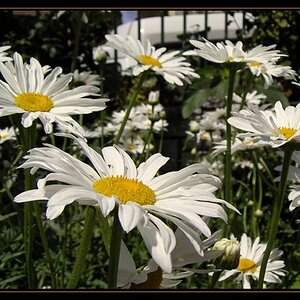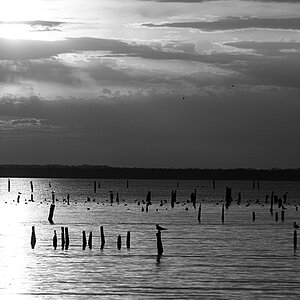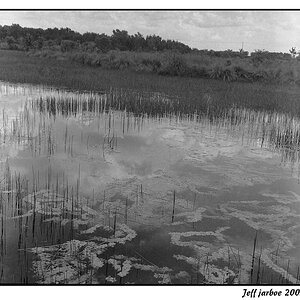I know there will be more grain using a high ISO film, but I was wondering will there be any difference in the colour performance?
For example, two properly exposed images with the same colour intensity using ISO 200 and ISO 400 film respectively, will the one using ISO 400 perform better in its colour?
For example, two properly exposed images with the same colour intensity using ISO 200 and ISO 400 film respectively, will the one using ISO 400 perform better in its colour?


![[No title]](/data/xfmg/thumbnail/32/32168-fd80621d6068dd5050eb33595e34e6cf.jpg?1619735234)






![[No title]](/data/xfmg/thumbnail/33/33337-23549254ce2ac92ac5cb86ac0366633f.jpg?1619735908)
![[No title]](/data/xfmg/thumbnail/32/32811-2108d3f1ed7b5806eb452fc776aac668.jpg?1619735670)
![[No title]](/data/xfmg/thumbnail/32/32810-094482c1ef1c76eae62a96107013a72e.jpg?1619735669)

